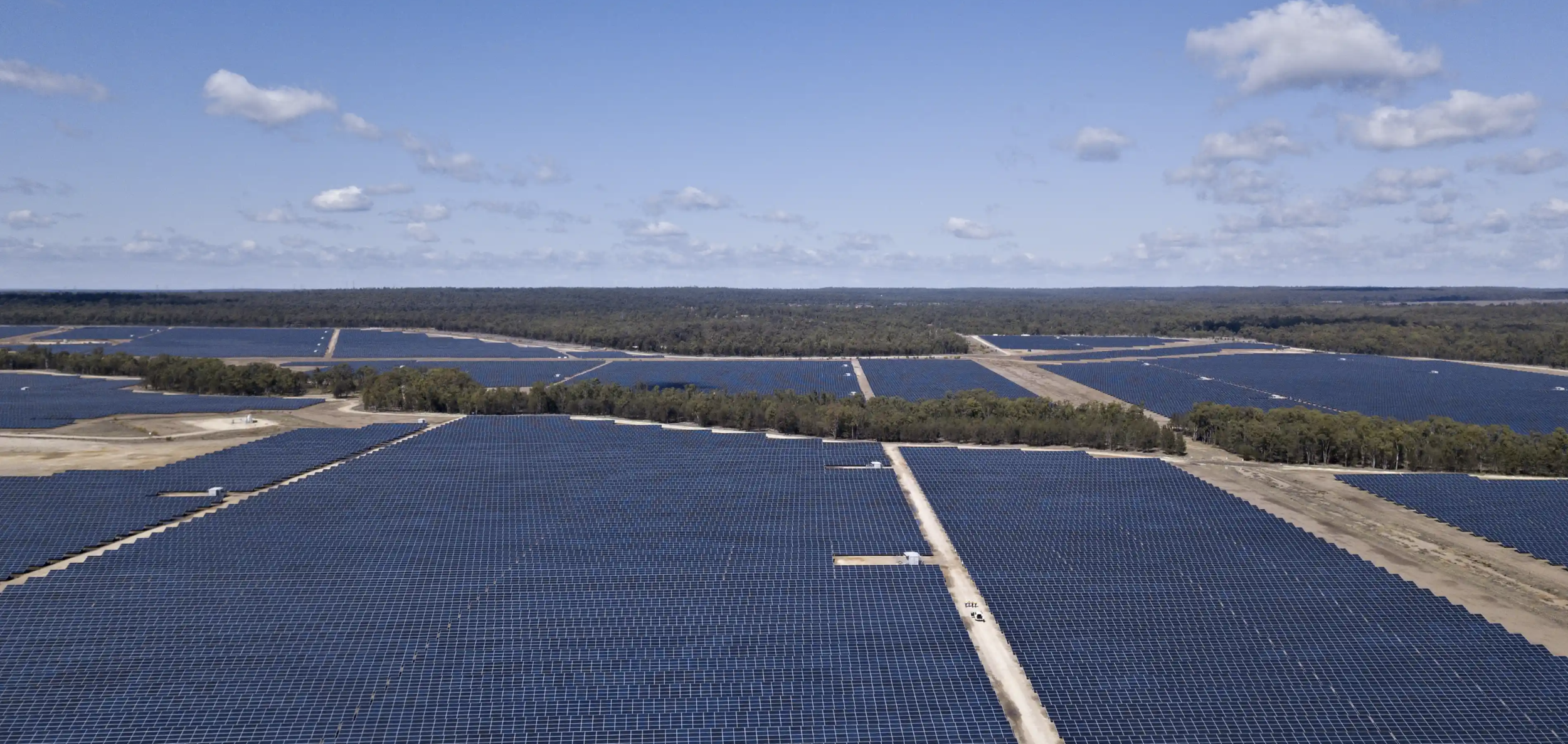Weekly Ingest: Newsletter
Each week I will curate a newsletter for all my listeners that is comprised of article that are of interest to the topics I talk about the podcast. This newsletter also brings national and international news about sustainability and climate change they may often get over looked, forgotten about, or is unheard of to the community I serve.
Educational Resources
10 Books Climate Activists Are Reading Now
From Yes Magazine: This story is part of Covering Climate Now, a global journalism collaboration strengthening coverage of the climate story.
A record number of Americans are concerned about climate change, a recent study by the Yale Program on Climate Change Communication and George Mason University’s Center for Climate Change Communication found. If you’re among them, you may be interested in learning more about the climate crisis and what you can do about it. Luckily, you don’t have to comb through scientific papers to educate yourself (unless you’d like to): More and more books on climate change and climate action are published every year, ranging from grimly realistic takes on the severity of the crisis to optimistic visions of social and technological solutions. To find out which ones are worth a read, Teen Vogue reached out to 11 climate activists for their recommendations. Here are the books they said were most informative and inspiring.
In addition to this stellar collection, I highly recommend checking out these books about climate change, particularly about the human response.
Emotional Resilience in the Era of Climate Change by Leslie Davenport
Don't Even Think About It: Why Our Brains Are Wired to Ignore Climate Change by George Marshall
Grief: Climate Change, COVID19
Grieving My Way Into Loving the Planet
From Yes! Magazine: In this excerpt from the new anthology “A Wild Love for the World: Joanna Macy and the Work of Our Times,” journalist Dahr Jamail describes how Macy and her work helped him survive profound war trauma and climate grief.
“Her lifelong body of work encompasses the psychological and spiritual issues of living in the nuclear age and is grounded in a deepening of ecological awareness that has become all the more poignant as the inherently malefic industrial growth society of today’s corporate capitalism continues on its trajectory of annihilation.”
“There’s an extra layer of loneliness that comes with being a climate person of color.” Illustration by Annie Zhao
People of Color Experience Climate Grief More Deeply Than White People
From Vice News: We are not only disproportionately affected by the climate crisis, but we carry a pain that comes from a long history of racial terror.
When the wildfires hit Australia last year, Bee Cruse was horrified at the sight of the red sky, the black ash falling like snow, and the smoke choking the whole East Coast.
The fires were a direct reminder of the British genocide against Aboriginal and Torres Strait Islander people like her, and the tearing of them from country and their traditional ways of land management.
Grist / Attila Husejnow / SOPA Images / LightRocket via Getty Images
As ‘normal’ crumbles, young people are turning their grief into action
From Grist
“The coronavirus pandemic is transforming our political reality and our lives. Unnerving images of hospitals overflowing with bodies, miles-long car lines for food banks, and police using the emergency situation to harass and intimidate people of color reveal the undeniable failure and fragility of our current political and economic systems and our way of life. It’s no surprise that “a majority of Americans say worry about the coronavirus has harmed their mental health” in some manner, according to a recent poll.
Meanwhile, the looming climate emergency and sixth mass extinction are hanging over our heads and contributing to an overall feeling of fear, dread, and unease about the future. According to a recent study, within 50 years, billions of people will live in a climate so hot that it’s “unsuitable for human life to flourish.”
Pollution
A mound of plastic bottles at a recycling plant near Bangkok in Thailand. Around 300 million tonnes of plastic is made every year and most of it is not recycled. Photograph: Diego Azubel/EPA
The end of plastic? New plant-based bottles will degrade in a year
From The Observer: Carlsberg and Coca-Cola back pioneering project to make ‘all-plant’ drinks bottles
“Globally around 300 million tonnes of plastic is made from fossil fuels every year, which is a major contributor to the climate crisis. Most of this is not recycled and contributes to the scourge of microplastics in the world’s oceans. Microplastics can take hundreds of years to decompose completely.”
Homes near a Marathon Petroleum site in River Rouge, Mich., on the southwest edge of Detroit, last month. Emily Rose Bennett for The New York Times
Your ZIP code and your life expectancy
From New York Times
For many, the past few weeks have been tough, but at least we’ve had a respite from pollution: With Americans staying home, emptying the roads and highways of traffic, skies have cleared across the country
That, at least, feels good. But for neighborhoods with historically high levels of air pollution, a temporary clearing of the air won’t reverse years of damage wrought by the high levels of particulate pollution, ozone and other pollutants in the air they breathe.
I featured three such neighborhoods in my recent look at the effects of coronavirus and air pollution. Research has shown that polluting industries are disproportionately located in or near low-income, predominantly black or Latino neighborhoods. And, while the exact relationship between air pollution and Covid-19 is still unclear, research has shown that exposure to air pollution can make people more vulnerable to similar respiratory illnesses.
Emissions
Homeless people wait in a queue for aid during the nationwide coronavirus lockdown. Dhaka, Bangladesh, 4 April 2020. Credit: SK Hasan Ali / Alamy Stock Photo
Daily global CO2 emissions ‘cut to 2006 levels’ during height of coronavirus crisis
From the Climate Brief: The amount of CO2 being released by human activity each day fell by as much as 17% during the height of the coronavirus crisis in early April, a new study shows.
“This means daily emissions temporarily fell to levels last seen in 2006, the study says. In the first four months of the year, it estimates that global emissions from burning fossil fuels and cement production were cut by 1,048m tonnes of CO2 (MtCO2), or 8.6%, compared with 2019 levels.
The research projects a decline of up to 2,729MtCO2 (7.5%) in 2020 as a whole, depending on how the crisis plays out. It is the first to have been through the peer-review process and is broadly in line with an early estimate for China published by Carbon Brief in February, as well as separate global estimates published last month by Carbon Brief and the International Energy Agency.”
Clayton Aldern / Grist
Here’s how coronavirus affected emissions in every state
From Grist
“Previous estimates of emissions reductions due to COVID-19 said the pandemic would take an 8 percent bite out of global emissions this year. This study, published Tuesday, is the first to analyze and quantify emissions drops on a day-to-day basis across 69 countries and state by state in the United States.
It found that the world is on track for the biggest emissions drop since World War II, or maybe even the biggest drop in history, depending on how long global lockdowns stay in place. (The study estimates that by the end of the year emissions could decline anywhere between 2 to 13 percent overall, depending on the nature and duration of governments’ lockdown policies.) During the peak of global lockdowns in early April, average daily emissions decreased by 17 percent compared to the 2019 average, hitting their lowest point since 2006. Nearly half of those emissions were from “surface transport,” like car rides.”
Green Recovery
Faith Institutions Call for a just recovery by divesting from fossil fuels
From 350.org: Bailouts and recovery packages must not empower polluters
“As major challenges for the global economy are predicted in the wake of the coronavirus pandemic, a diverse group of faith institutions is putting the call for a just economic recovery into practice.
Today [May 18, 2020], 42 faith institutions from 14 countries announce their divestment from fossil fuels. This is the largest-ever joint announcement of divestment from fossil fuels from faith institutions. It comes from institutions in Argentina, Australia, Bangladesh, Brazil, Colombia, Ecuador, Indonesia, Ireland, Italy, Kenya, Myanmar, Spain, the UK, and the United States.”
[Photo: L. Apolli/AidBC/iStock, pseudodaemon/iStock]
Focusing the recovery on green infrastructure could create millions of jobs
From The Fast Company: A $1 million investment in energy efficiency creates around eight full-time jobs, nearly three times as many as an investment in fossil fuels.
“Modernizing the electric grid could create 150,000 to 200,000 jobs each year, while also making the system more resilient and reducing energy costs. Investing $12-16 billion in the grid annually could lead to $30-40 billion in economic activity each year. Similarly, investing in renewing the country’s aging transportation infrastructure could create thousands of local construction and manufacturing jobs. Each $1 billion invested in public transportation can create 50,000 jobs. Investing in mass tree restoration—a helpful tool in fighting climate change—could create more than 150,000 jobs each year.”
Solar farm in Darling Downs, Queensland. The idea of helping jumpstart the economy by also tackling the climate crisis is gaining currency across the political spectrum. Photograph: AAP
Seizing the moment: how Australia can build a green economy from the COVID-19 wreckage
From The Guardian: As the government prepares plans for economic recovery, investors and green groups alike say this is a once-only opportunity to move towards zero emissions. This is the first a new series, The Green Recovery, looking at the environmental challenges of a post-pandemic world
“There is a growing case that recovery from the coronavirus offers Australia a chance to succeed where it has failed for more than a decade: to break away from the climate wars and head in a new direction. Here and overseas, the idea of helping jumpstart an economic rebuild after the pandemic-forced shutdown by also tackling the other great existential challenge of the time is gaining currency across the political spectrum. It has been supported not just by climate activists and conservationists, but by industry, banks, energy companies, unions and major investors.”









![[Photo: L. Apolli/AidBC/iStock, pseudodaemon/iStock]](https://images.squarespace-cdn.com/content/v1/5e9600b13e6b2f7f177d12d3/1590182252528-11VRB2RWNTE1IQBTX1K2/Screen+Shot+2020-05-22+at+17.16.31.png)
